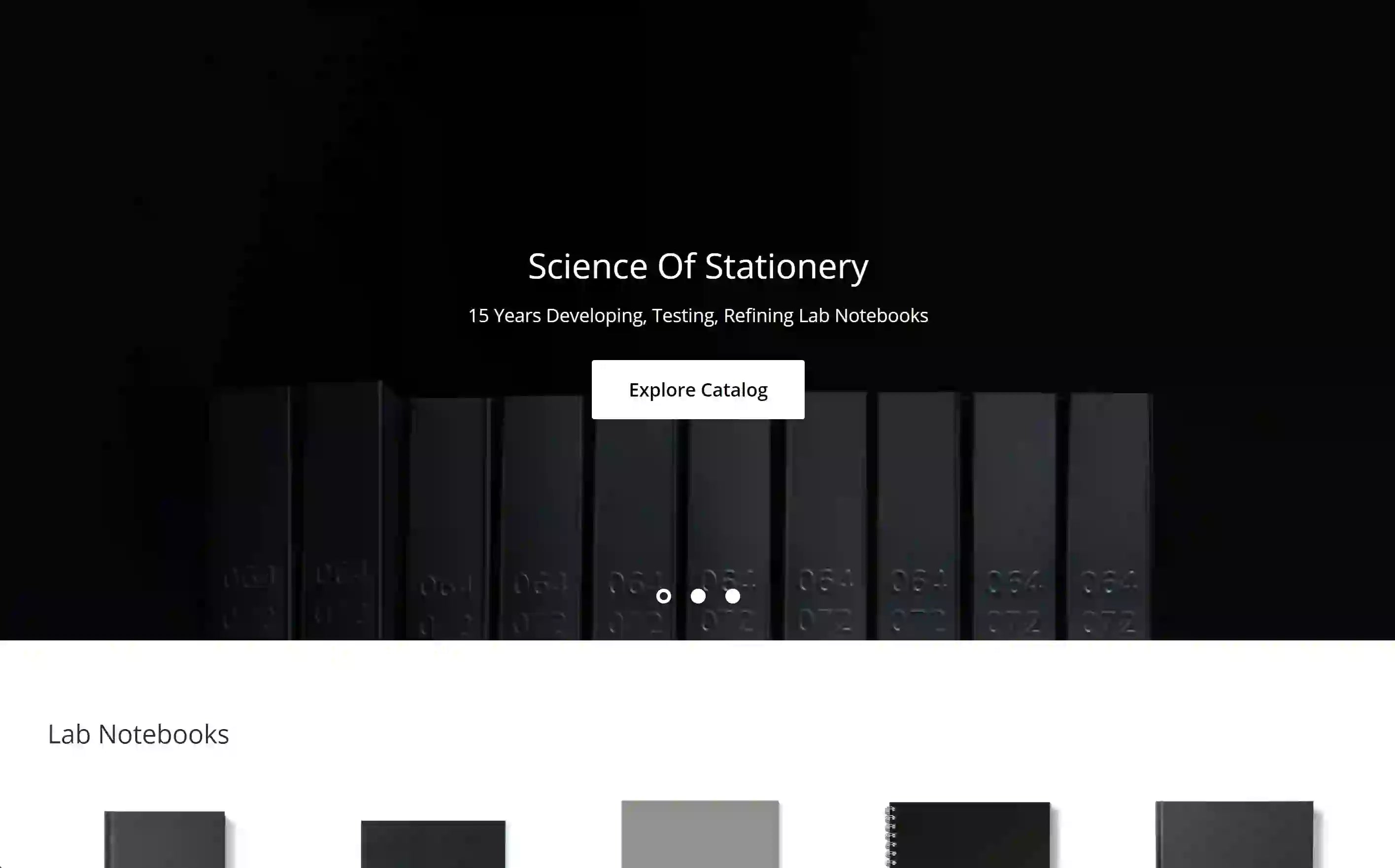Accurate documentation is a cornerstone of good chemistry. When it comes to reaction mechanisms, your lab notebook is more than just a formality—it’s a critical tool for ensuring reproducibility, accuracy, and clarity in your research. In this blog, our team will explain how to document reaction mechanisms efficiently and effectively.
Why Proper Documentation is Essential
Recording reaction mechanisms isn’t just a box to check; it’s a foundation for quality research. Proper documentation ensures the following:
-
Reproducibility: Experiments must be repeatable, whether by you or someone else. A well-documented mechanism provides a clear roadmap.
-
Data Integrity: Accurate records prevent misunderstandings and ensure that your results are based on sound, traceable data.
-
Compliance: Properly maintained notebooks meet academic, industry, and regulatory standards, protecting your work and your credibility.
Best Practices for Documenting Reaction Mechanisms
-
Start with a Clear Layout: Use a consistent structure for each entry. Begin with the reaction name, date, and any relevant background information. This provides context and keeps your notebook organized.
-
Include Reaction Schemes: Draw a complete reaction scheme with all reactants, reagents, and products clearly labeled. Avoid shortcuts—accuracy here saves time and confusion later.
-
Detail Experimental Conditions: Record specifics like temperature, solvent, concentration, and reaction time. Small details often make a big difference in reproducibility.
-
Note Observations in Real Time: Document color changes, precipitate formation, or other notable events as they occur. Don’t rely on memory—your observations are critical for troubleshooting and analysis.
-
Track Analytical Results: Include data from spectroscopy, chromatography, or other analytical techniques. Cross-reference these results with the reaction mechanism to ensure alignment.
-
Add Mechanistic Insight: Where applicable, propose the step-by-step pathway for your reaction. Highlight intermediates and transition states using arrows and annotations for clarity.
-
Reference Relevant Literature: Cite any papers or textbooks that guided your approach. This adds depth to your work and provides a resource for future readers.
Common Mistakes to Avoid
-
Skipping Details: Omitting solvent or temperature information can make it impossible to replicate your work.
-
Using Ambiguous Notation: Clear labels and standardized symbols are essential for clarity.
-
Failing to Update Entries: If you optimize or revise a reaction, update your notebook immediately to reflect those changes.
Explore Our Comprehensive Selection of Lab Stationery Today!
Documenting reaction mechanisms doesn’t have to be tedious. By following these tips, you’ll create a functional notebook and a valuable resource for your research. Precision in documentation reflects precision in your work—and that’s the hallmark of a great chemist!
At VELA Sciences, we design lab notebooks to support chemists like you. Our durable, acid-free paper and user-friendly layouts make maintaining clear, professional records easier. Explore our collection and upgrade your documentation today!



